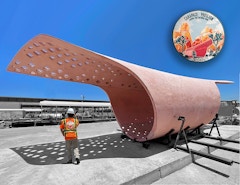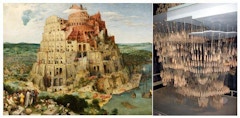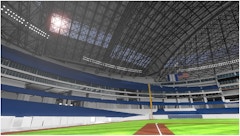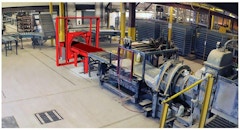
Episode 09: Ted Kesik on SKINS
Special guest Ted Kesik, PhD, Professor of Building Science at the University of Toronto, joins us to discuss everything from digital workflows and durability to embodied carbon and resilience.

Special guest Ted Kesik, PhD, Professor of Building Science at the University of Toronto, joins us to discuss everything from digital workflows and durability to embodied carbon and resilience.

Special guests Graham Finch, Senior Building Science Specialist at RDH Building Science, and Vincent Davenport from EllisDon's Construction Sciences Group join us to explore the relevance, issues and developments of modular prefabrication and offsite construction practices.

The next PowerSKIN Conference will be held virtually in Munich on April 9th. The focus of the 2021 conference deals with the question of whether simplicity and robustness are in contradiction to good performance or whether they even complement each other: Simplicity vs. Performance?

The Carapace Pavilion is a university-based, design-build, full-scale custom prototype for a possible replacement of the standard precast concrete

Architectural design freedom achieved on high-end projects currently costs over $1,000/sq. Ft. Building materials have long been relegated to plane

The reaches of architecture are inherently linked to the efficacy of communication, and as emerging technology broadens the conceptual horizon of the


This paper outlines the successful implementation of digital workflows between the design team composed of Architect, Structural Engineer and Project

Large format, steel-stud framed “megapanel” facades with rainscreen cladding create uniquely complicated requirements for digital documentation and

Recently, building envelopes have been exhibiting complex shapes and patterns, a trend supported by current digital technologies. Likewise, the




Connections, those transitions between systems and materials, are critically important when the surfaces are curved or complex. Well-designed

Daylighting is often an important component of architectural design and heavily influenced by a building’s facade and enclosure systems. Unlike many

In 1959 Heinz Isler challenged the world of concrete shell design by proposing a series of shapes for shells that were very different from what most

This paper documents a six year academia/industry collaboration between researchers at the Department of Architecture, University at Buffalo (SUNY)


CURRICULUM FOR CLIMATE AGENCY: DESIGN (IN)ACTION This year’s Teachers Conference will be held virtually from June 24 – 25, 2021. The virtual conference will be a forum for dialogue & debate on Curriculum for Climate Agency: Design (in)Action.